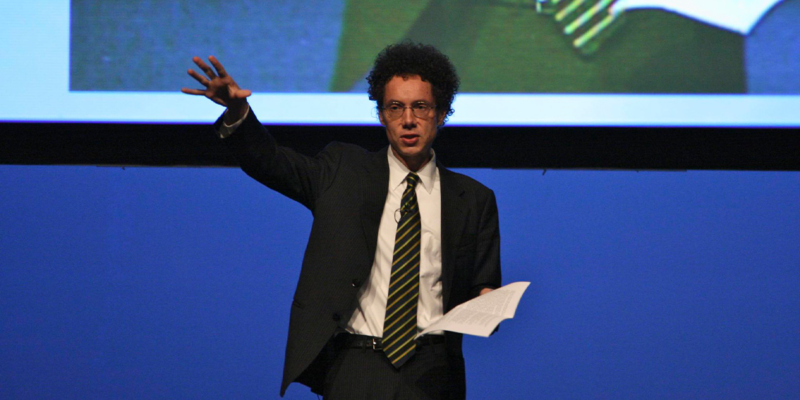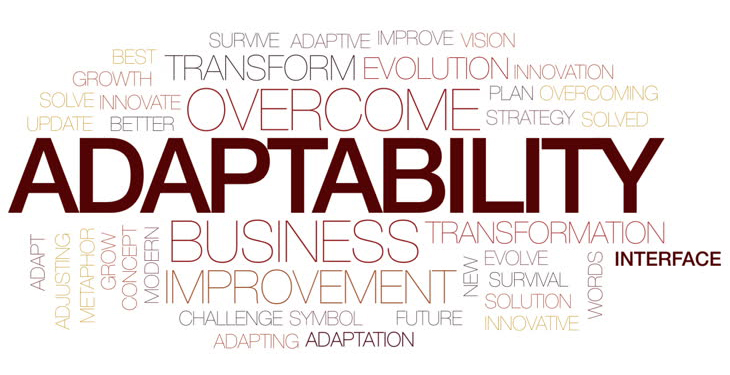The Moving Target
 I have always had two ways of defining a professional. The first, and the one I use most often, is that a professional is someone who gets paid for their work. Admittedly, sometimes, in the audiovisual industry, this is a difficult thing to achieve. The second way I have had of defining a professional is somebody with a professional standard of work quality.
I have always had two ways of defining a professional. The first, and the one I use most often, is that a professional is someone who gets paid for their work. Admittedly, sometimes, in the audiovisual industry, this is a difficult thing to achieve. The second way I have had of defining a professional is somebody with a professional standard of work quality.
Sometimes, however, I think that the only one with permanent validity is the first definition. This is because our standards of quality change over time.
When I entered the business about 30 years ago, I was one of the first of the video professionals in the audiovisual industry. At the time, the corporate standard in video production was the Betacam. Three tube, and later three chip, cameras were the norm. Video projection, which we now would consider to have been in its infancy, was inexpensive but growing thing in the professional world. My own role as sales manager in a family owned sales – service – rental audiovisual company was largely as the high-end video and video projection guy. My stock in trade at the time was the BarcoGraphics 400 video projection system, which when equipped with its optional glass lenses and remote convergence board could come in around $40,000. These types of video systems defined professional video at the time.
Then, along came LCD video projectors. The first out the door that we saw in Ohio was the Kodak LC 500 video projector. It was inexpensive and used slide projector lamps. It was portable, and did not require convergence. However, when placed in my demo room alongside my Barco, I scoffed at it. Why? Because it looked like you were looking at life through a screen door. As far as I was concerned, no professional in his right mind was going to use one. However, it was around that time that we hired a guy named Dave Stout from our major competitor. Dave loved the thing. It was portable, it was easy and it was inexpensive. He sold them like they were going out of style, and the LCD projector changed our definition of professional. Because it was easy to use, portable and inexpensive, it changed our opinion of what was acceptable in professional video.
Fast forward 30 years.
Today, and over the last 10 years especially, we have seen another redefinition of what professional means. YouTube, video and cell phone video dominate the Internet. I despair when I look at the awful quality, and yet I constantly see my corporate clients both in rental and in permanent systems move deeper and deeper into this type of communication. Ten years ago, I would have told you that they would not affect the professional market anywhere near as much as they have. We are seeing a new generation of executive enter the ranks of our customers. They have been raised on this kind of video, taken with cell phones and pocket devices and often shown on them. Their standards have changed. Their definition of what is professional has changed, and now includes how fast they got the news out, and how widely it is shown, much more than its visual quality.
In yet another arena, they are busy redefining two-way video communication. Only a few years ago, we would’ve laughed at the idea of one of our clients using Skype. The quality was terrible, there was no security, terrible echo cancellation, etc. Today, however, the use of these types of video tools is marching up the corporate ladder because they are inexpensive, team oriented, and everybody has them. This means that putting an ad hoc team together is faster and easier than ever before, and this is how they rate the application. In fact, in the professional world, the biggest move in videoconferencing is to attempt to replicate the ease-of-use and ease of deployment of these desktop systems.
As a result, we are being asked to implement these types of video systems in the systems that we stage with and build. When we do, are we doing something unprofessional? Or is accommodating the taste and use of our clients for a fee the very definition of professional?
I did a presentation back at ISE in Amsterdam on the next generation of client, and how their attitudes towards visual communication quality, and their attitudes toward work itself are going to impact what we are asked to do for their dollar.
Over the next two issues, we are going to examine those changes in detail. We are going to attempt to predict what a new generation of client will ask for. In the meantime, we are also going to post this article to my page on the blog squad, and I would ask that you all ring in on this. In short, we are going to attempt to define AV professional, and to decide if what we call professional has changed for all time.
And I hope that the part about being paid doesn’t change along with it.





